Are you finding it hard to grow plants in your waterlogged garden? Or do you simply not have the deepest troughs to grow beautiful plants in?
Here’s a solution for you: Try growing plants with a shallow rooting system.
In this article, these are the best plants with shallow roots to grow. You can choose from this list depending on your personal preferences and pick one or two to plant in your garden.
- Related Article: Guides for Houseplants
1. Pansies (Viola X Wittrockiana)
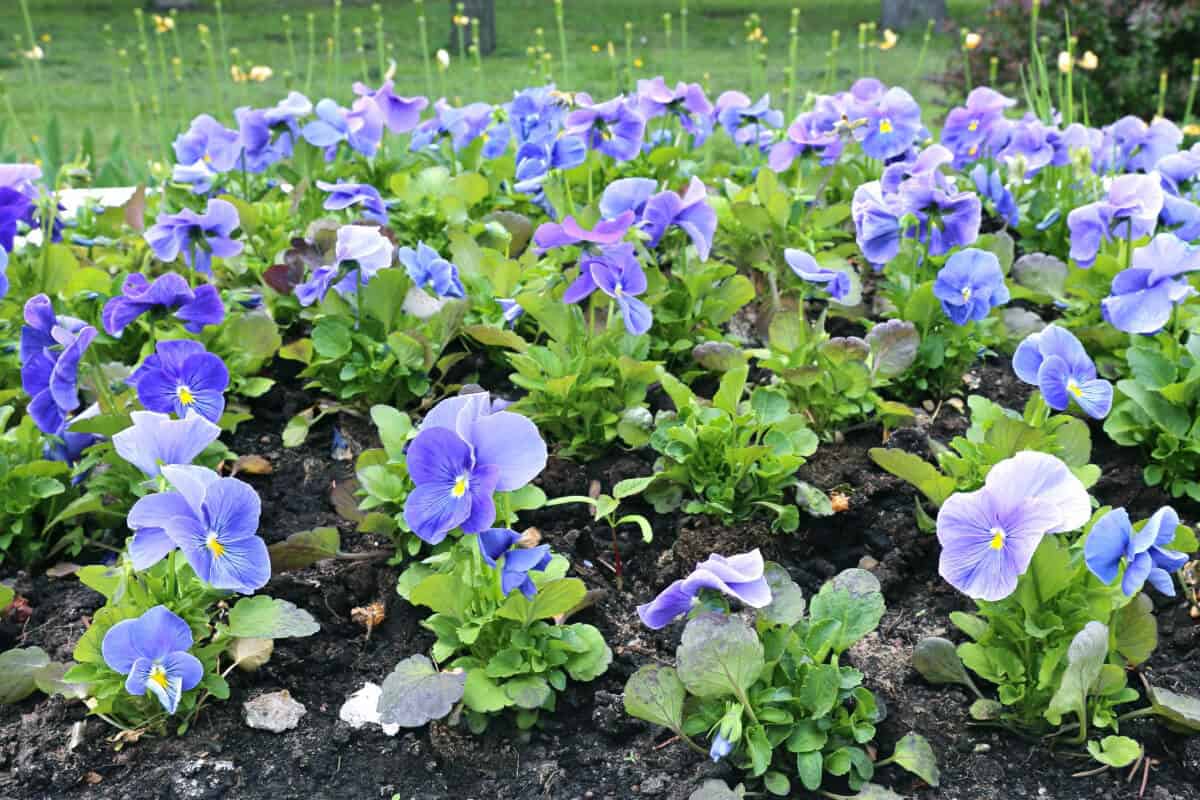
Pansies are fall-and-winter annual plants. These low-maintenance plants will add some life to your garden throughout cold winter temperatures.
Pansies don’t have the deepest rooting system out there which makes them an ideal plant to grow in small containers or pots. Feel free to use organic matter to help out in its development as well.
Pansies are quite happy to grow in 4-5 inches of soil. However, if you want to grow multiple plants in the same trough, make sure that they are between 7-9 inches apart.
These flowers aren’t the biggest of plants and can reach 6-9 inches tall.
The optimal growing conditions for these blooms are in full sun or partial shade, although these plants prefer cooler conditions. Ensure that there is sufficient drainage and rich soil to reap healthy plants.
2. Petunia (Petunioideae)
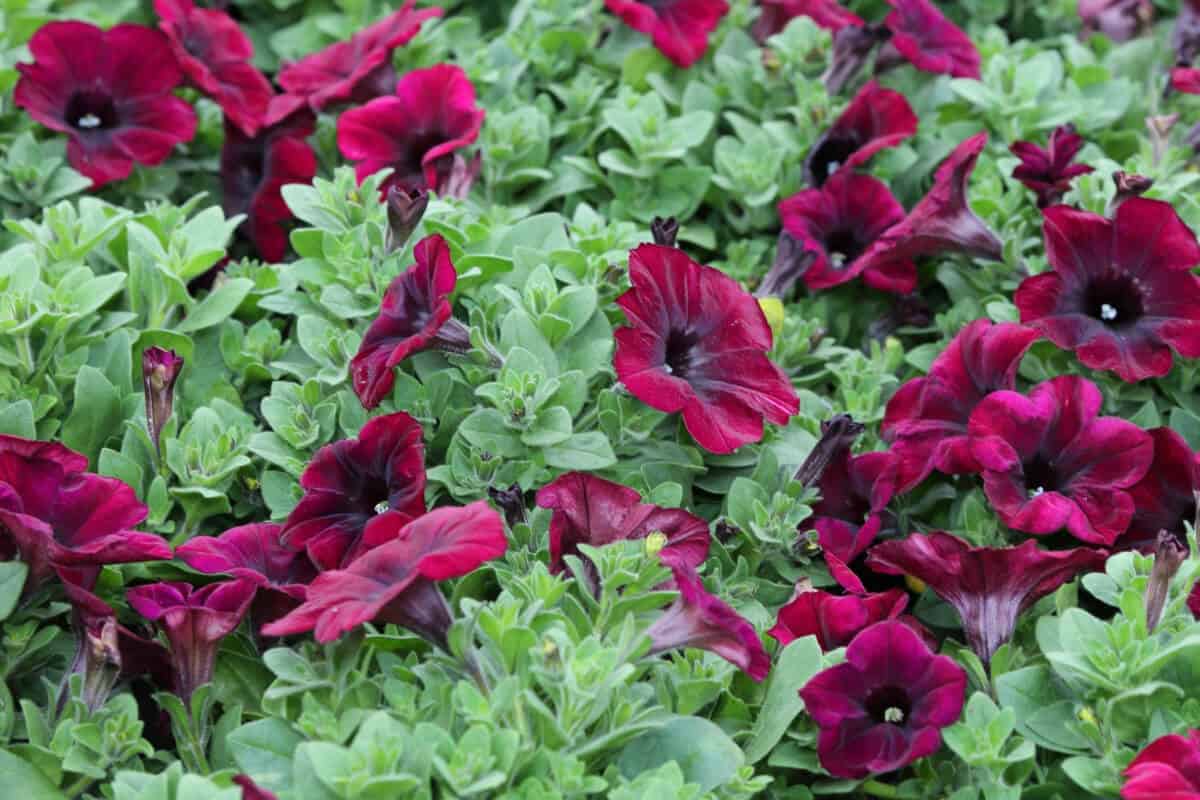
Petunias are known for their vibrant and charming colors that light up a garden. These shallow-root flowers have an exceptional blossom period that extends throughout the spring until the fall.
Although these plants have shallow roots, they are afraid of taking over your garden.
Keep your petunias’ in full bright light, and grow them on the borders of your garden, to give them that extra burst of color.
Water your soil regularly, and keep it in moist, shallow soil as petunias’ shallow root system is susceptible to drying out rather fast. When caring for a petunia, pay attention to moisture.
3. Broccoli (Brassica Oleracea Var. Italica)
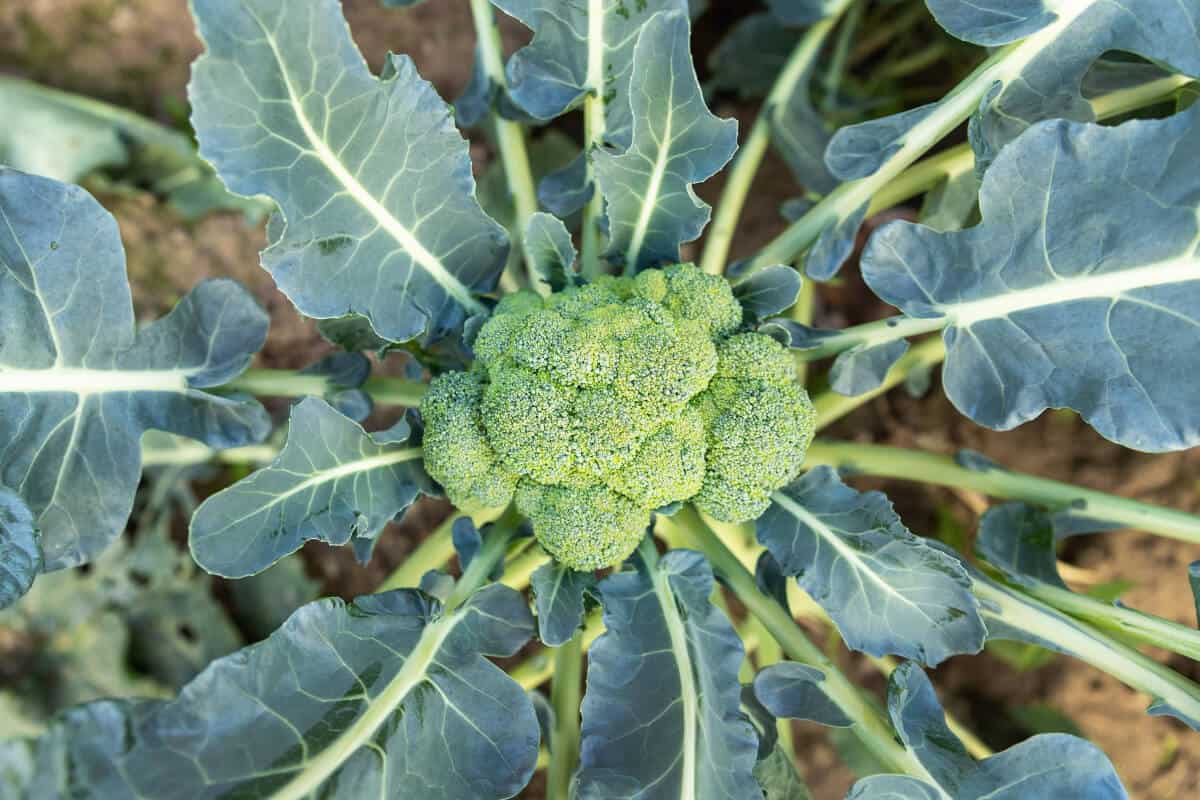
Broccoli plants are rather tasty to grow in your garden. This luscious green plant is perfect for growing in shallow containers or troughs.
The broccoli roots only reach between 12-18 inches.
Broccoli is best grown in cooler temperatures as its shallow roots will need to remain moist during the heat of the summer.
6 hours of direct sunlight per day is sufficient for this plant to produce the best broccoli you have ever seen.
- Learn more about broccoli: Is Broccoli Man-Made
4. Onions (Allium Cepa)
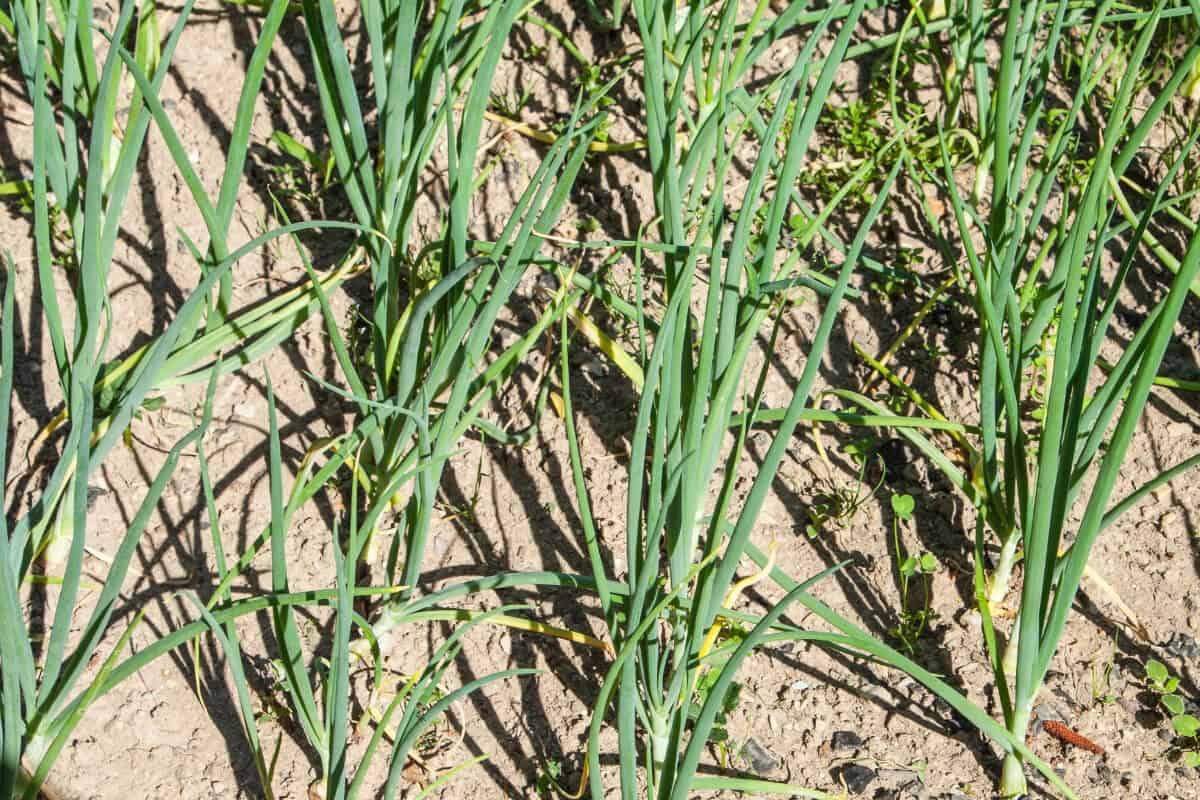
Onions may grow under the ground, but their green shoots sprout above the ground. Although most of the plant is below the ground, onions have shallow roots.
Onions only need 10-15 inches of soil to grow in, this is far less than other plants.
Any open space in your garden that has ample sunlight throughout the day will be optimal for onions. Their grass green sprouts won’t require much trimming and will grow well around the borders of your garden.
- Learn more: Do Onions Count as a Vegetable?
5. Camellia (Camellia)
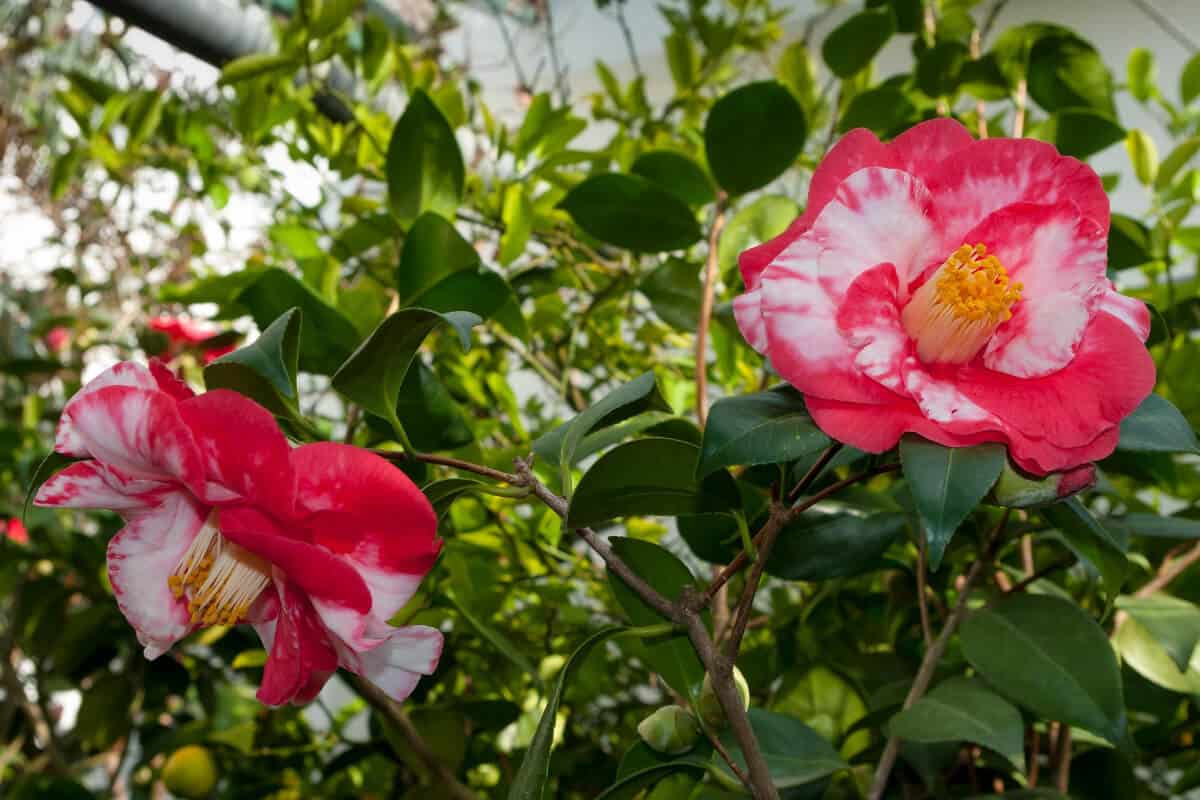
Camellia plants love shady locations. Too much sunlight will result in the yellowing of this bloom and its green leaves.
When planting Camellia make sure to plant the seeds on the surface of the soil.
This plant has an exceptionally shallow rooting system.
If you want to make sure that your plant survives, do not plant its seed too deep into the soil.
The Camellia’s roots need to grow near the soil’s surface as it needs to absorb needed nutrients and water more quickly than plants with deep roots.
Keep this plant well trimmed, to prevent deeper roots.
6. Pincushion Cactus (Mammillaria)
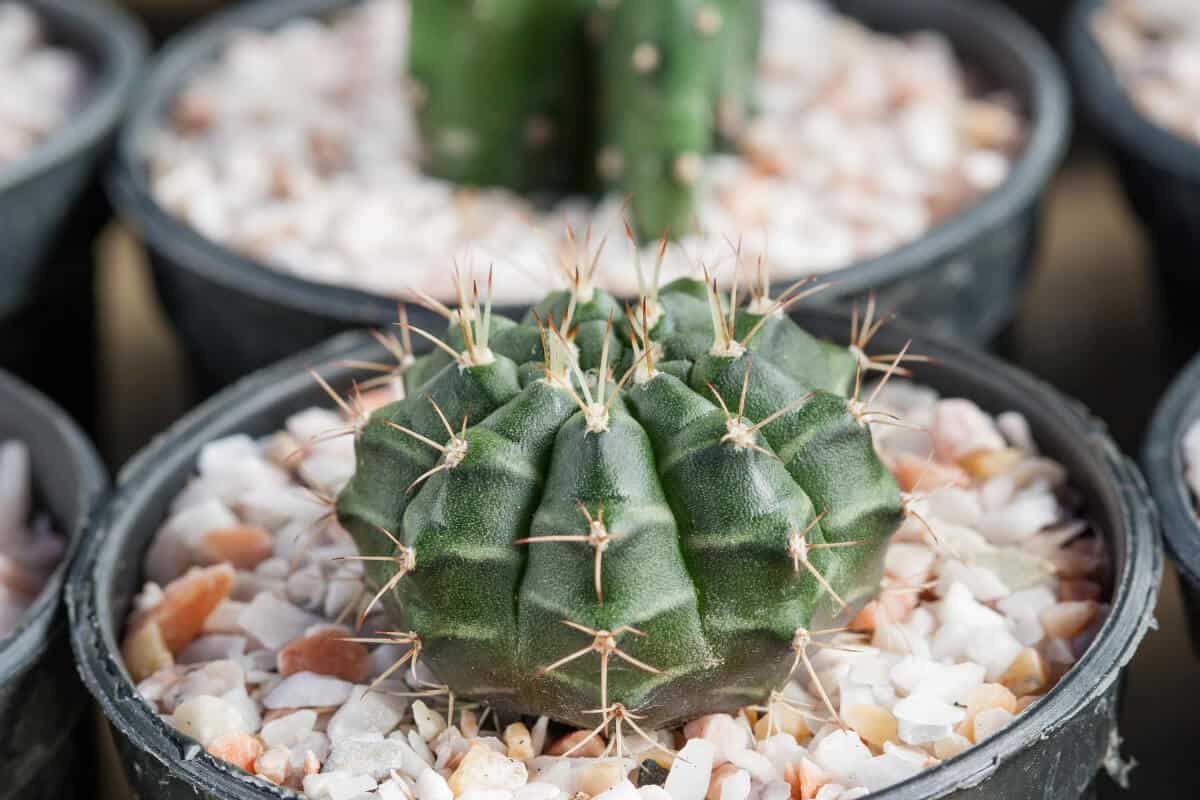
A smaller member of the cacti family is the Pincushion Cactus, this cactus boasts of its crown of vivid flowers.
Take caution when handling this shallow-root plant as it has prickly spines in white that can puncture your skin if you are not too careful.
It is best to plant these miniature cacti in a pot plant placed in an open space or in partial shade in your garden. Provide it with 3-4 hours of direct sunlight per day and just enough water as this cactus thrives in its naturally drier soil and desert conditions.
The pincushion cactus is the perfect shallow-root plant to brighten up your desk when its flowers are in full blossom.
7. Hydrangea (Hydrangea)
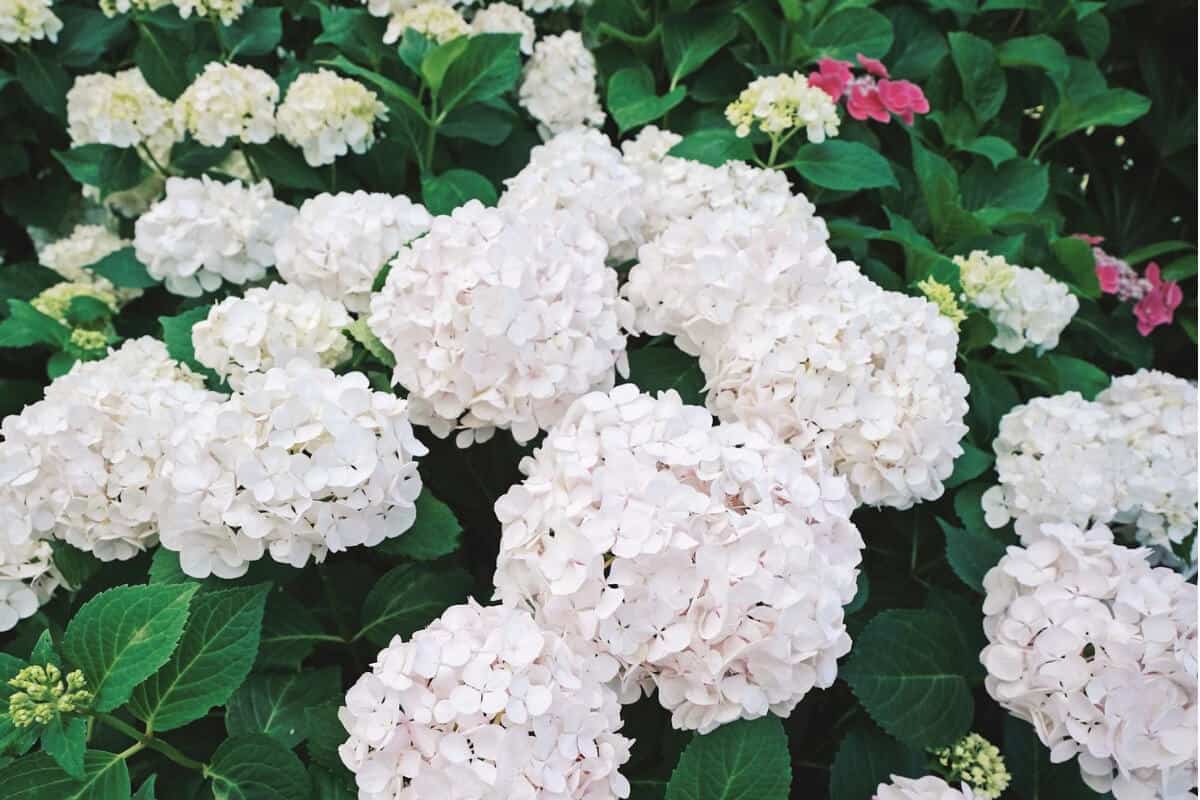
A hydrangea’s flowers are ever-changing. It is interesting to see how this bloom can change from blue to pink flowers just by altering the acidity level of its soil. This unique, deep-colored plant has a shallow root system that doesn’t need deep soil.
Hydrangeas may be a shallow-root plant, but it can grow 12 feet tall.
The hydrangea plant prefers moist soils over dry ones so regular watering is a must as its roots are susceptible to drying out very fast.
Keep it in an area with plenty of bright, natural sunlight but transfer it to a shady area in the afternoon. placing it beside a water source can also help keep its humidity level in check.
These magnificent shallow-root plants require partial shade in the afternoon to hide from the scorching heat of the sun.
8. Zebra Plant (Haworthia Attenuata)
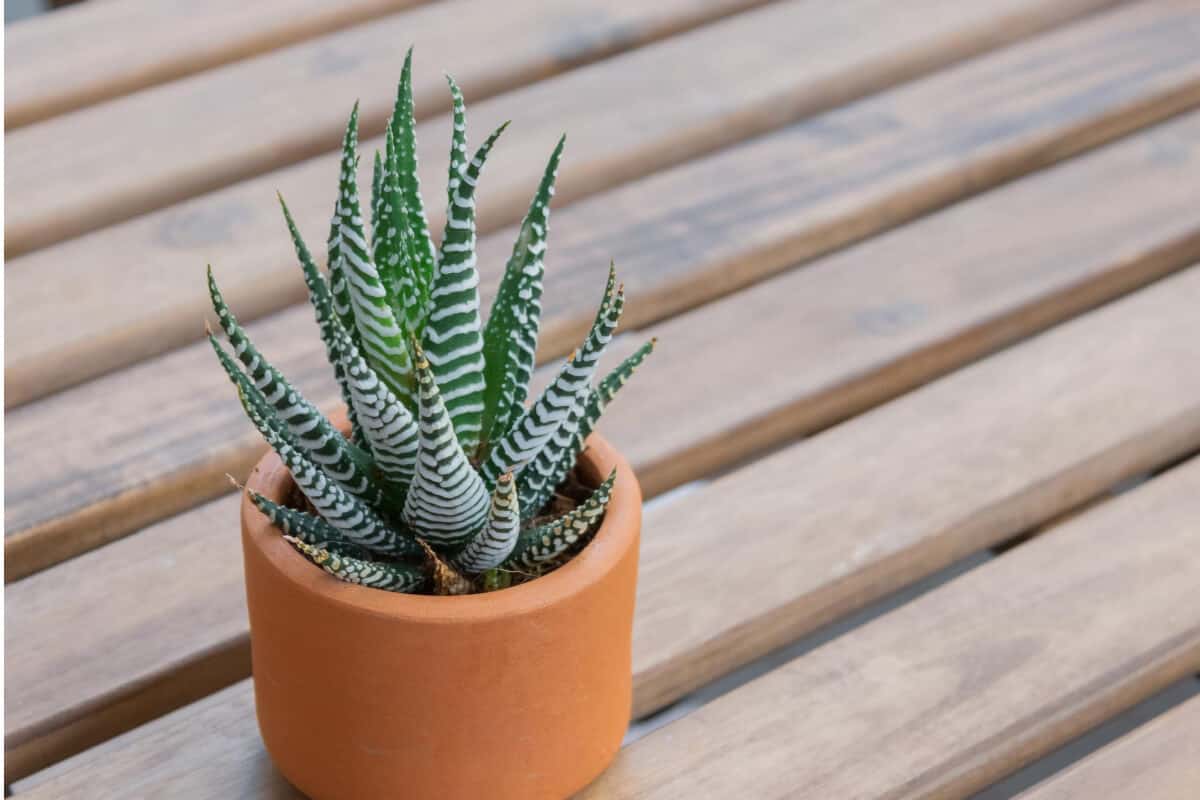
Just as the name implies, the leaves of this plant could be mistaken for the stripes of a Zebra. This intricate shallow-root plant is best grown indoors, or outdoors under a canopy provided by tree cover.
This plant is truly special because its yellow flowers contrast the dark green leaves, with its bold white stripes. The Zebra plant is best grown in drier conditions and only needs to be watered every 2-3 weeks.
Should there be an open, well-sheltered dry area in your garden, the Zebra plant will thrive. They are a lover of warmer climates.
This shallow-root plant will spread its shallow roots and colonize the arid areas of your garden so it is always worth considering.
9. Strawberries (Fragaria × Ananassa)
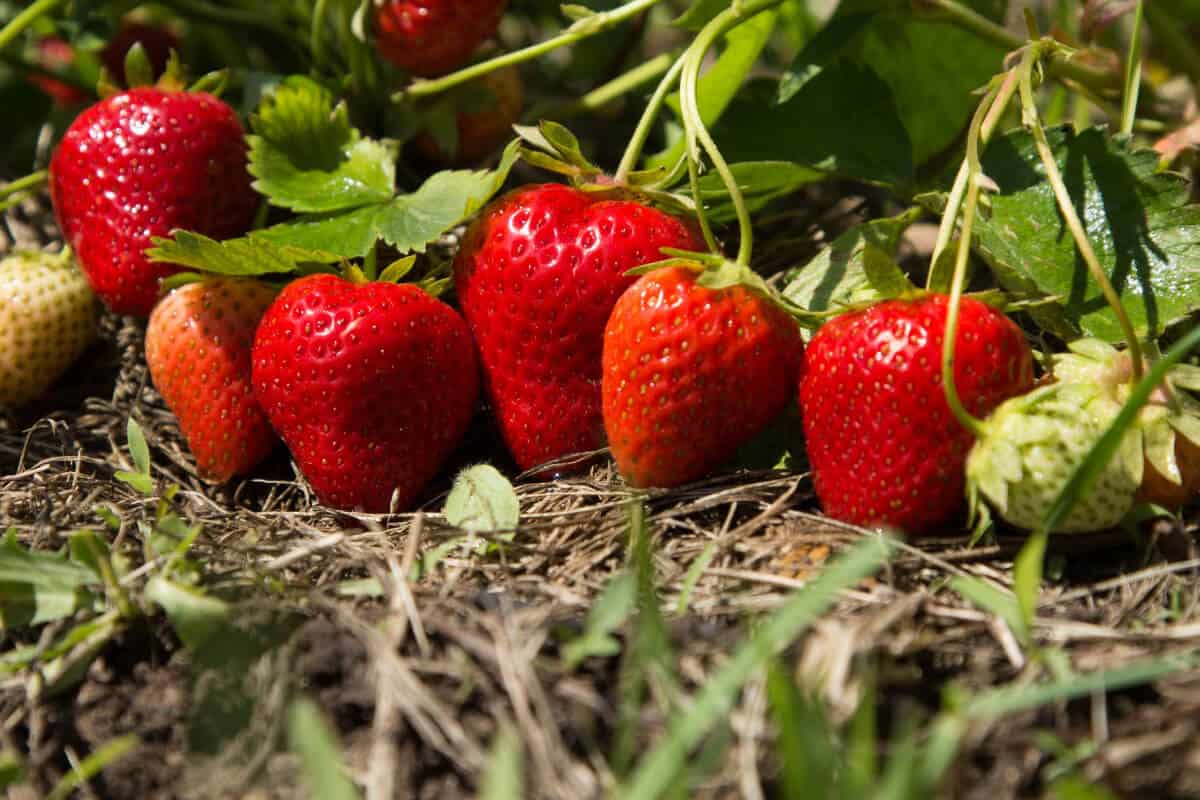
Everybody loves a juicy red strawberry. For beginner growers, strawberries might just be your new best friend as it is very easy to grow.
Strawberries grow well in sandy soil that is constantly moist but never overwatered. This perennial plant requires sufficient morning sunlight and should be placed in shaded spots in the afternoon.
There are a lot of ways to use strawberries upon harvest as well so this should definitely be on anybody’s list of plants to grow.
- Related: Is Strawberry Man Made
You can give it some fertilizer every now and then to make sure it has ample food to aid its growth.
10. Blossfeldia (Blossfeldia)
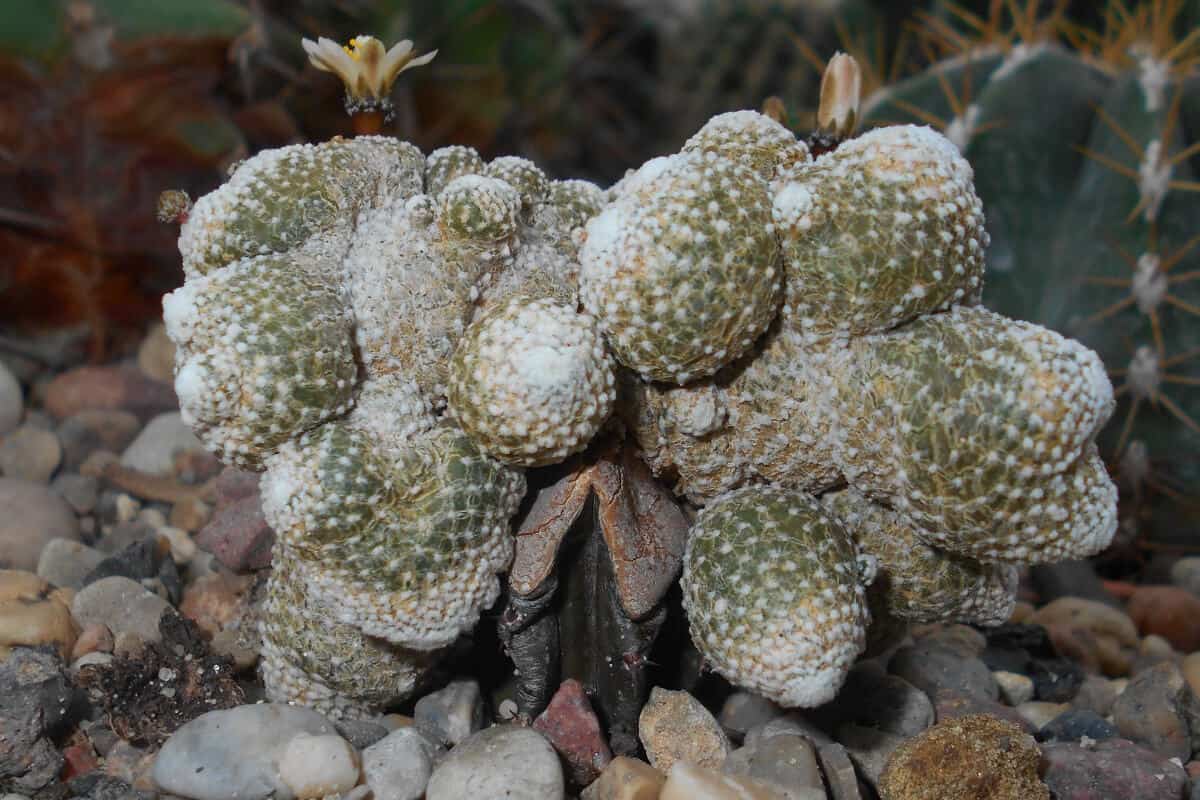
This clump of a cactus has a rather unique white flower that makes it a special feature to have as an indoor plant, or in a dry outdoor garden.
The Blossfeldia cactus is one of the smallest cacti species in the world.
What makes this plant unique from other cactuses that love the sun is that it is able to thrive in cooler areas. It can tolerate sporadic frost before and during cold weather if kept on the dry side.
Rocky, shaded areas in your garden are the optimum location for this plant.
The Blossfeldia cactus’ shallow rooting system and its size, make it one of the most preferred plants to grow in a pot plant.
11. Lavender (Lavandula)
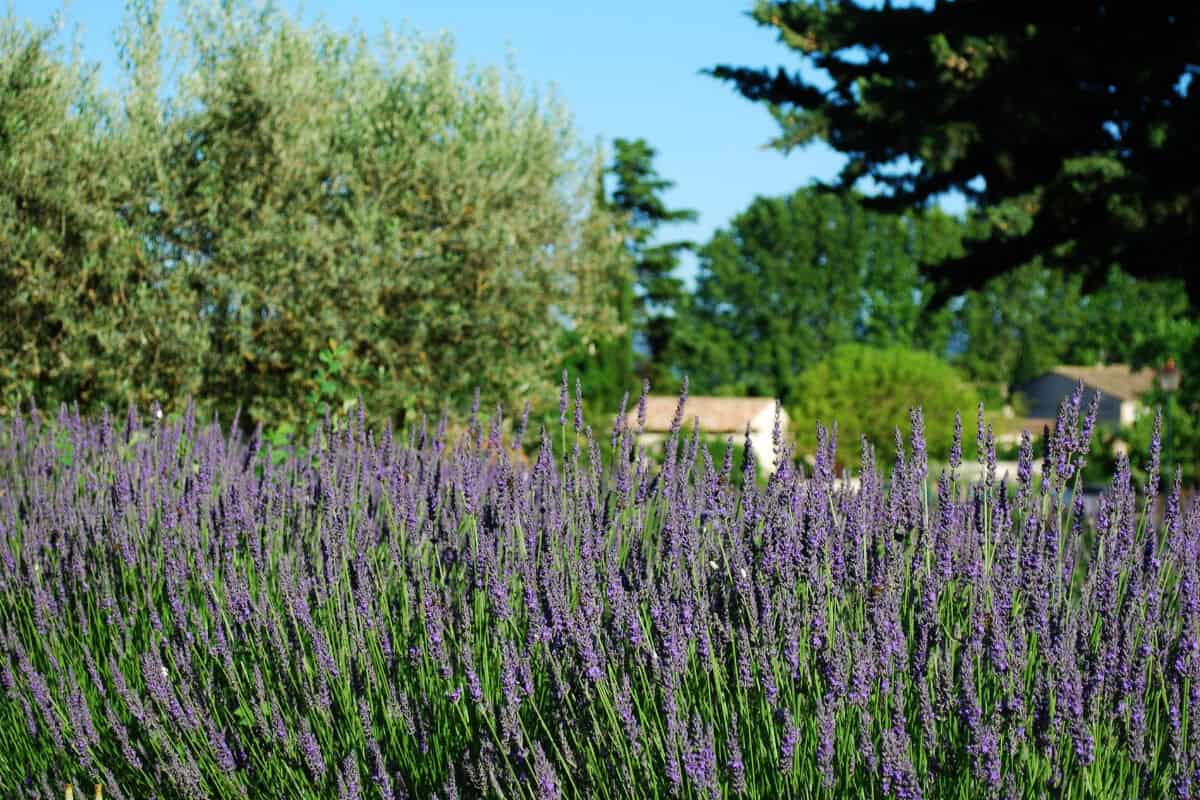
This herb hails and is used to the drier Mediterranean climate but now, it can be found all over the world.
This herb surprisingly is a shallow root plant with an approximate depth of 10 inches. However, Lavender has the potential to grow into a rather large bush.
The uniqueness of its purple flowers and its gray foliage makes it a popular choice to plant in your garden. Not only that, did we forget to mention how its aroma can be very fragrant?
Lavender needs all the sun that it can get and will thrive in the drier, sunnier areas of your garden.
Final Thoughts on Plants With Shallow Roots
Create a colorful garden with shallow-rooted plants that are sure to adorn and bring seasonal joy to your home throughout the year.
Most of these plants prefer sandy soil as compared to clay soil because shallower roots can access nutrients from the soil surface better in that condition.
Deeper roots are needed to access nutrients from clay soil as they can dig deeper down.
If your garden has waterlogged soil or if you simply prefer to build rock gardens, cultivating plants with shallow roots may be a good option for you.
These types of plants do have certain needs in terms of amounts of light, soil, regular water, and space that you need to understand.
For example, Aloe Vera prefers sandy and acidic soil, while rosemary is a long-lasting plant that needs good drainage. When planting spinach, make sure to maintain 5-6 inches of spacing between each plant.
Once these individual needs are satisfied, these plants will grow rather abundantly in your garden and adorn it beautifully for years on end.
Discover more about plants now. Check out these amazing articles:

